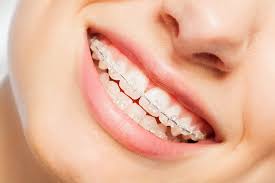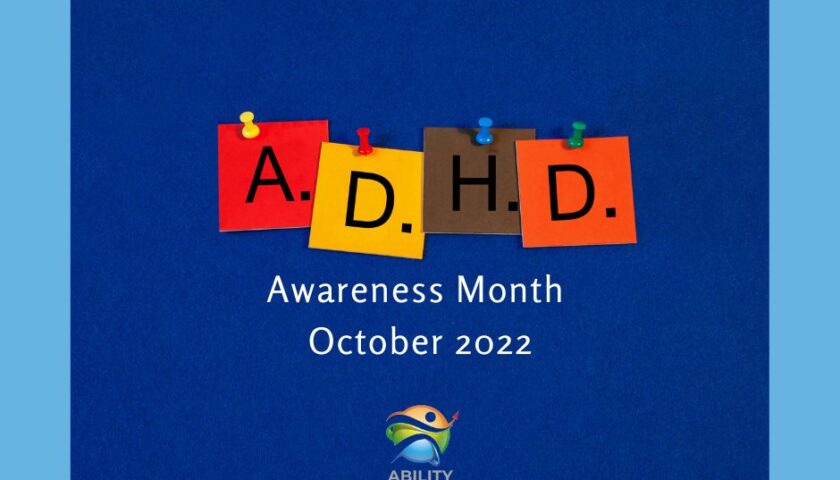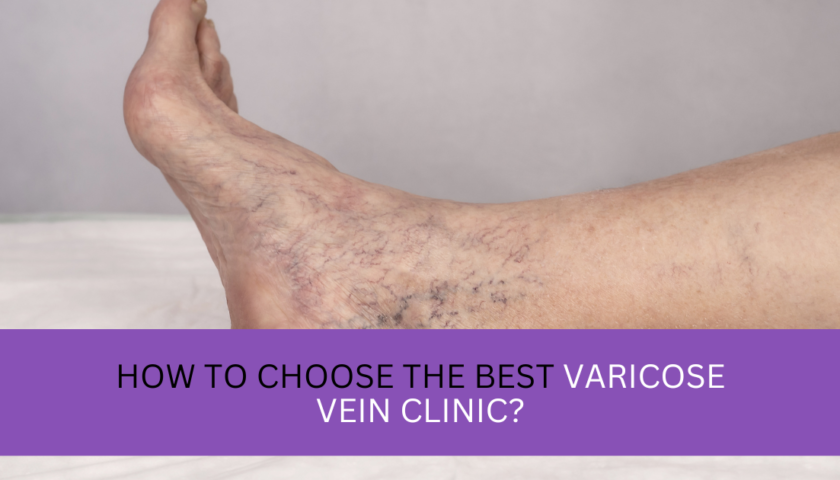Varicose veins, those swollen, twisted blood vessels that often appear on the legs, can be more than just a cosmetic concern. They can cause discomfort, pain, and even more serious health issues if left untreated. While surgery used to be the primary option for addressing varicose veins, medical advancements have opened up a world of non-surgical alternatives. These non-invasive treatments are changing the way we approach varicose veins, offering patients effective solutions with minimal downtime.
In this article, we’ll delve into the world of non-surgical treatment options for varicose veins. Whether you’re dealing with mild spider veins or more severe varicosities, you’ll discover the innovative techniques and procedures that can help you regain confidence in your legs and, more importantly, improve your overall vascular health. Join us on this journey to uncover the modern, non-surgical approaches that are reshaping the way we deal with varicose veins. Read on.
Lifestyle Changes
Making certain lifestyle modifications can play a pivotal role in managing and preventing varicose veins. These changes may include maintaining a healthy weight to alleviate excess pressure on the veins, engaging in regular exercise to improve blood circulation, and adopting a diet rich in fiber to prevent constipation, a potential aggravating factor. Additionally, elevating the legs periodically, avoiding prolonged periods of sitting or standing, and wearing compression stockings can all contribute to reducing the discomfort and appearance of varicose veins.
While lifestyle changes alone may not eliminate existing varicosities, they are an integral part of a holistic approach to managing these troublesome veins and preventing their recurrence.
Compression Stockings
Compression stockings are a valuable non-surgical tool in the battle against varicose veins. These specially designed, elastic garments apply gentle pressure to the legs, helping to improve blood flow and prevent blood from pooling in the veins. By providing graduated compression, with the highest pressure at the ankle and decreasing pressure as it moves up the leg, these stockings encourage blood to flow upward, reducing the swelling and discomfort associated with varicose veins. They are available in various styles and compression levels, allowing for a personalized approach to address the severity of the condition.
Dietary Changes
Dietary modifications can also be a valuable component of non-surgical varicose vein treatment. A diet rich in fiber is particularly beneficial as it can prevent constipation, which can exacerbate varicose veins by increasing abdominal pressure. A high-fiber diet promotes regular bowel movements, reducing the strain on the veins in the lower body. Additionally, incorporating foods rich in antioxidants, such as fruits and vegetables, can support overall vascular health by reducing inflammation and strengthening blood vessels.
Staying hydrated is also crucial, as adequate water intake helps maintain blood volume and circulation. And while dietary changes alone may not eliminate varicose veins, they are a proactive way to support vascular health and complement other non-surgical treatments for improved outcomes.
Herbal Supplements
Some individuals explore herbal supplements as a non-surgical approach to managing varicose veins, given that certain herbal remedies, such as horse chestnut extract and grape seed extract, are believed to have potential benefits for vascular health. Horse chestnut extract, for instance, contains compounds that may help strengthen blood vessel walls and reduce inflammation, potentially alleviating some symptoms associated with varicose veins. Grape seed extract is known for its antioxidant properties, which can support overall circulatory health.
However, it’s essential to consult with a healthcare professional before starting any herbal supplements, as their efficacy and safety can vary, and they may interact with other medications or conditions.
Medications
Medications can be a treatment option for varicose veins in managing symptoms and preventing complications. Venotonic drugs, such as diosmin and hesperidin, are commonly prescribed to improve vein tone and reduce swelling and pain. Nonsteroidal anti-inflammatory drugs (NSAIDs) may be recommended to alleviate discomfort and inflammation associated with varicose veins. In some cases, blood-thinning medications may be used to prevent the formation of blood clots in varicose veins.
But then, it is important that you consult with a healthcare professional for a proper diagnosis and to determine the most appropriate medication and dosage based on individual needs and the severity of the condition. Medications can be a valuable component of non-surgical management, but they are often used in conjunction with other treatment methods for comprehensive care.
Sclerotherapy
Sclerotherapy is also a highly effective and minimally invasive non-surgical treatment option for varicose veins and spider veins. During this procedure, a medical professional injects a special solution directly into the affected veins. This treatment results in the vein collapsing and eventually disappearing.
Sclerotherapy is particularly well-suited for smaller varicose veins and spider veins, and it is often performed in an outpatient setting with little to no downtime. Patients typically see gradual improvements in the appearance of their veins over a few weeks following the procedure.
Ultrasound-Guided Foam Sclerotherapy
Ultrasound-guided foam sclerotherapy is a noteworthy non-surgical method for treating varicose veins, widely appreciated for its effectiveness and minimal invasiveness. This innovative procedure comprises injecting a specially formulated sclerosant foam into the problematic vein under the guidance of ultrasound imaging. The foam irritates the vein’s lining, causing it to seal shut and naturally fade away over time.
Ultrasound-guided foam sclerotherapy offers several compelling advantages such as a shorter recovery period, less pain, and lower cost compared to surgical treatments. This out-patient protocol holds immense promise in the future of varicose vein therapeutics.
Endovenous Laser Therapy (EVLT)
Endovenous Laser Therapy, or EVLT, is an innovative and non-surgical treatment option for varicose veins that has gained popularity in recent years. During EVLT, a specialized laser fiber is inserted directly into the affected vein through a thin catheter. The laser emits controlled energy that heats the vein walls, causing them to collapse and seal shut. As a result, blood is rerouted to healthier veins, and the treated varicose vein gradually disappears.
EVLT is minimally invasive, performed as an outpatient procedure, and typically requires only local anesthesia. Patients can usually resume their regular activities shortly after the treatment.
Key Takeaway
Non-surgical treatment options for varicose veins offer a diverse array of effective strategies to manage this common vascular condition. And with these treatment options, individuals now have a range of choices to alleviate discomfort, improve aesthetics, and maintain vascular health. While the severity of varicose veins may vary from person to person, these non-invasive approaches empower individuals to take control of their well-being without the need for surgery, promoting a better quality of life and renewed confidence in their legs.





